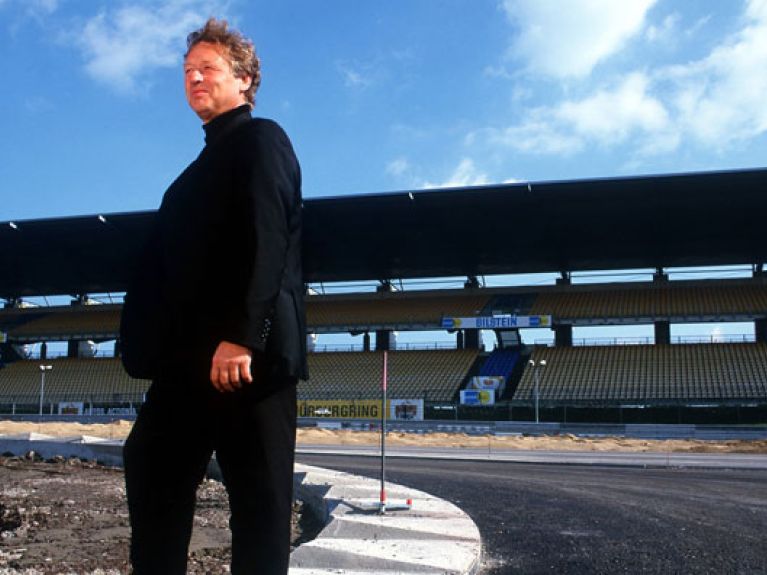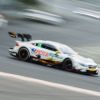The Lord of the Rings
The Aachen-based civil engineer Hermann Tilke designed almost half of all the current Formula 1 circuits.

It all began with a huge Carrera model-car racing track that Hermann Tilke shared with his brothers as a child. Later, while studying civil engineering, he competed in touring car and long-distance races. Shortly after becoming self-employed, he received his first order – from the Nurburgring. For a fee of 600 Deutschmarks he redesigned a small escape road. The rest is history. Tilke designed the A1 Ring in Austria and the Sachsenring in Germany. In 1999 the Sepang International Circuit in Malaysia was his international breakthrough. Since then, Tilke has built almost all the new Formula 1 circuits. You might call him the “Lord of the Rings”. Almost half of the circuits of the 2014 Formula 1 season are based on his ideas – from the very first drawing to “delivering the keys”. Together with his partner Peter Wahl, the Aachen-based civil engineer today employs more than 350 engineers and architects worldwide.
The sun’s position and the wind direction also have to be taken into account
So what does his job really involve? “First we go to the country to look for a location where the circuit can be built, a plot of land near the city,” says Tilke. “Because this area of land has to be huge, we often get only what nobody else wants to have – like a swamp in China.” This doesn’t makes things any easier. In Shanghai they first had to drive thousands of piles into the ground and then fix a huge polystyrene platform onto it. In Bahrain, by contrast, Tilke was confronted with a stony desert. “Extremely hard, compressed sand, millennia old. We had to use explosives every time we needed to move any earth.” You also have to plan for seemingly minor things like the prevailing wind direction or the position of the sun. “You always have the pit buildings opposite the grandstand, and you can’t have the people looking straight into the sun when the race starts at 2 p.m.,” says partner Peter Wahl. “The wind direction is also a factor, because, if you’re in the desert, of course, you have to make sure the surface doesn’t get covered in sand, making it too slippery.”
After all the preparations you can start on the actual task of planning the route. “You begin by deciding where to have the start and finish,” Tilke says. “When we are confronted by difficult terrain with altitude differences, like in Turkey, we sometimes take pieces of string and mark the track out. The models are discussed in the team, altered, and finally photographed and put into the computer. There they are checked for technical feasibility and further processed.” The challenge lies in creating combinations of bends that induce drivers to make mistakes. Because motor sport gets boring without errors. Once the route has been fixed, Tilkes really comes into his own again. He regularly drives along the route – first in an off-road vehicle as soon as the route has been marked off, and for the last time, shortly before the handover, in a sports car.
Formula 1 race on 20 July 2014 in Hockenheim

